
Our second day in the field involved another day of a long ride on asphalt road, then gravel road, then dirt road deeply rutted. We received what our drivers like to call African massages.
As we bounced and jostled and shook along,there was plenty of time to enjoy the beautiful sunshine and mountainous views. The people of the area construct their homes of bamboo, eucalyptus poles, and other natural products. The traditional structures are dome-shaped and are truly works of art. Other structures are square and are also made out of mostly natural materials including mud walls, but with the addition of tin roofs.
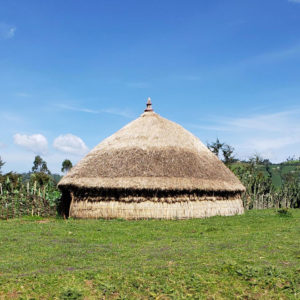
We visited five water points today, including one school. The school buildings were also made of natural materials with mud walls and dirt floors. We met Danichele Buuche, the “mother of the village” (in orange), who had donated land for the school and the well.
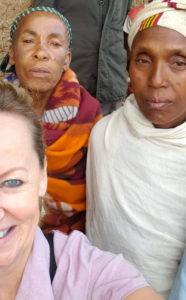
Some 750 students in grades 1 through 4 attend the school, including 9-year-old Enole Eshine (girl in red). Before the well that now stands on the school grounds, the closest water source was a stream located deep in a gorge three hours away. When asked, Enole said that she was going after school to collect water there.
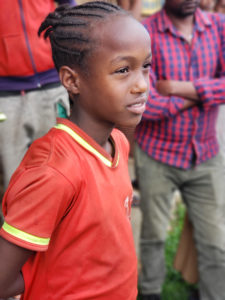
The school itself is located at least 45 minutes through fields and along dirt paths. There are no roads that lead to the village and all materials were hauled in by the villagers. Part of W2T’s strategy for the sustainability of all of its water projects is local buy-in, and part of that is for the beneficiaries to provide labor for hauling materials. No doubt, the village of Gowame has paid their sweat equity.
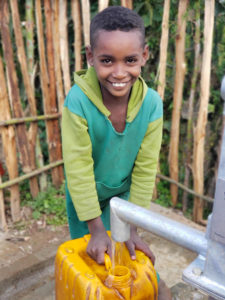
Another day has ended and as we enjoyed the sunset over Lake Hawassa, we had time to discuss the enormous impact that water has on the daily lives of the people we serve.
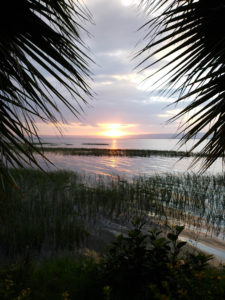

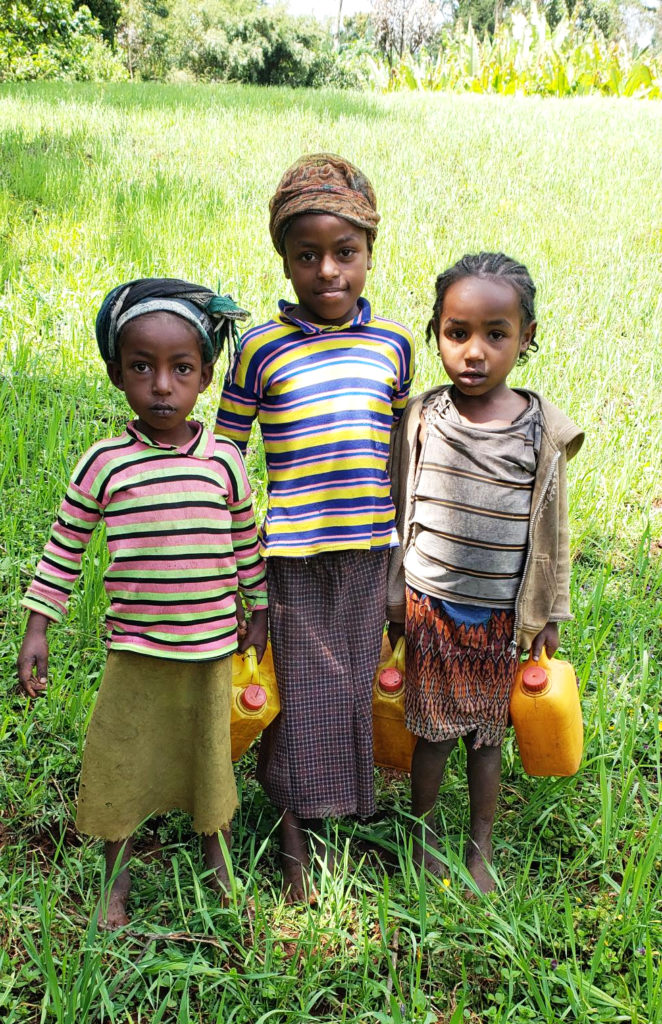
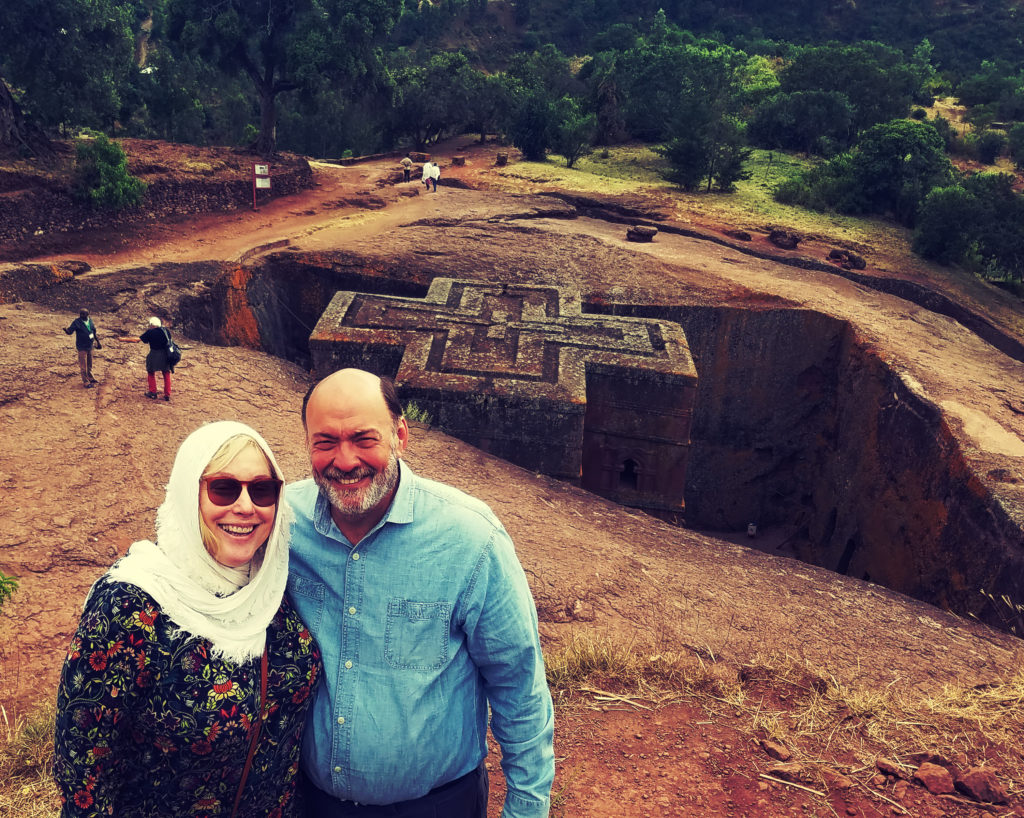
About The Author: Water to Thrive
More posts by Water to Thrive